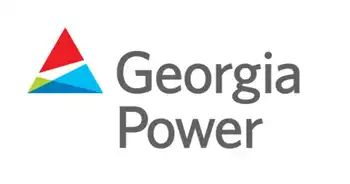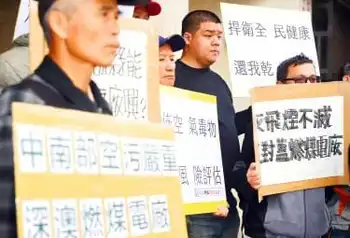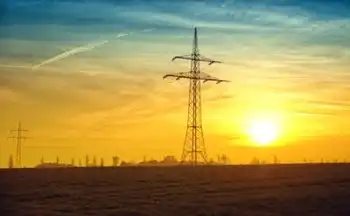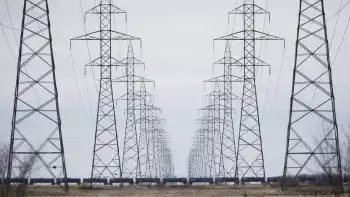Abengoa set to build Arizona solar plant
GILA BEND, ARIZONA - Abengoa Solar announced that it has finalized $1.45 billion financing to build Solana, the world's largest parabolic trough concentrating solar plant. This plant, with a total investment of around $2 billion, will generate 250 net megawatts.
Santiago Seage, CEO of Abengoa Solar, stated, "Solana is the first large scale CSP plant for Abengoa Solar in the U.S. and will be a key milestone for our development in this country as it allows us to strengthen our relationships with the local community as well as with the state and federal public authorities that have contributed notably to this project." Abengoa Solar signed a power purchase agreement with Arizona Public Service Co., Arizona's largest electric utility, to buy the energy produced by Solana for a period of 30 years.
Following the Conditional Commitment announced by President Obama last July, the Department of Energy, through the Loan Programs Office, has issued a loan guarantee to support this project.
"I want to recognize the leadership of the Department of Energy's Loan Programs Office in making Solana possible through this loan guarantee. Without DOE's determination and commitment to solar energy this project would have never become a reality," said Seage.
"The plant will be located 70 miles southwest of Phoenix, near Gila Bend, Arizona. Solana will produce enough energy to serve 70,000 households and will prevent the emission of 475,000 tons of CO2 per year compared to a natural gas burning power plant. The construction and operation of Solana will bring many economic and environmental benefits to Arizona and will support the nation's goals for energy independence through a "green" economy.
The Solana project is the first large-scale solar plant in the United States capable of storing the energy it generates. Solana will include six hours of molten salt thermal energy storage capability, which will allow energy to be dispatched as needed during cloudy periods and after sunset. With this capability, Solana will be able to generate electricity well into the evening to help meet the summer peak demand for air conditioning.
The plant's construction and operation will produce much-needed tax income for local communities and the state of Arizona, and support the nation's goals for energy independence and developing a clean energy economy.
Abengoa Solar estimates that the Solana project will create between 1,600 to 1,700 new construction jobs and over 85 permanent jobs. Approximately 98 percent of the jobs created by the project will be American jobs, primarily in Arizona, in addition to neighboring states. Furthermore, around 75 of the equipment and supplies required to build Solana will be manufactured in the U.S.
Additionally a mirror manufacturing factory will be built in Surprise, Arizona to supply the mirrors needed for the Solana project. The mirror factory will employ almost 180 people, adding to the number of direct jobs created by Solana. This new facility will provide Arizona with the foundation upon which to expand its solar energy technology manufacturing capabilities and to support future CSP projects.
In late 2009 Abengoa Solar signed a power purchase agreement in California to supply electricity generated by a 250 MW net CSP trough plant located in the Mojave Desert, 100 miles northeast of Los Angeles. The company also has several projects under development in the Southwest.
Abengoa Solar is currently building 930 MW of solar plants worldwide and, with an additional 193 MW already operating, it is the only company worldwide building and operating both trough and power tower CSP plants. The Solana plant will be Abengoa Solar's 14h CSP plant worldwide.
Related News
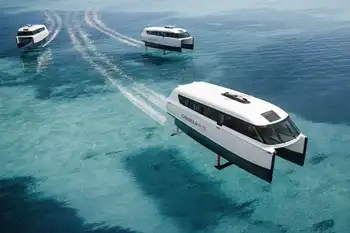
Berlin Launches Electric Flying Ferry
BERLIN - Berlin has taken a groundbreaking step toward sustainable urban mobility with the introduction of its innovative flying electric ferry. This pioneering vessel, designed to revolutionize water-based transportation, represents a significant leap forward in eco-friendly travel options and reflects the city’s commitment to addressing climate change while enhancing urban mobility.
A New Era of Urban Transport
The flying electric ferry, part of a broader initiative to modernize transportation in Berlin, showcases cutting-edge technology aimed at reducing carbon emissions and improving efficiency in urban transit. Equipped with advanced electric propulsion systems, the ferry operates quietly and emits zero emissions during…

